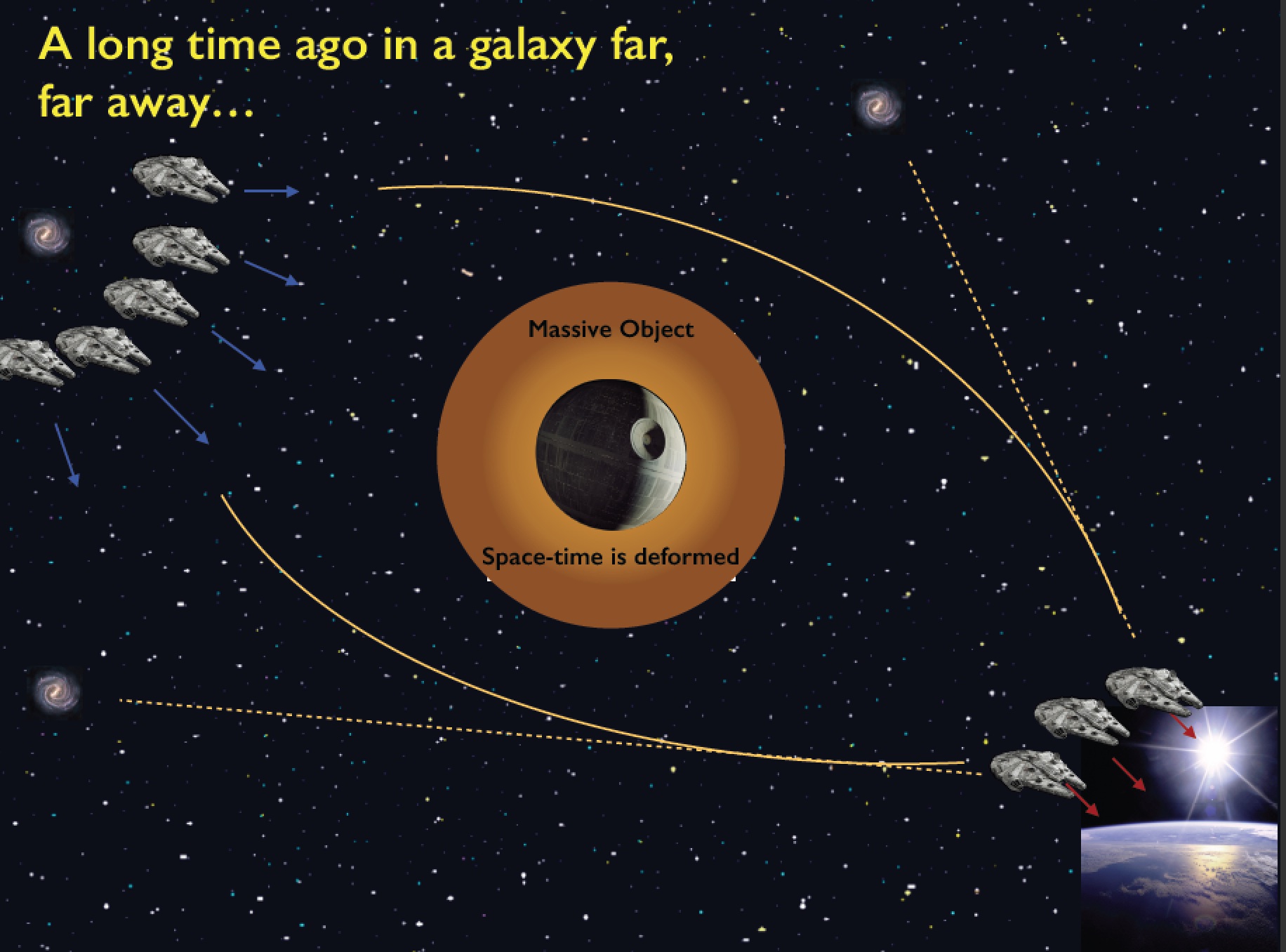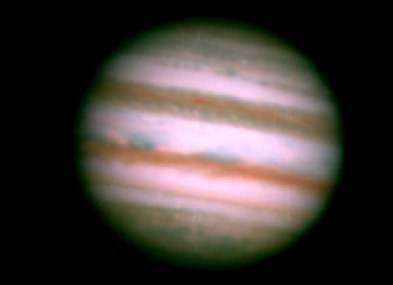Last week a CALENDS paper on MUSE commissioning data, led by Vera Patricio, was accepted in MNRAS. It is the study of a redshift 3.5 lensed galaxy, observed in the SMACS2031 cluster, that first caught our attention because of its extended Lyman alpha halo (check the figure below!), that traces the gas around the galaxy. Usually, these halos are studied by combining the signal of several dozens of galaxies, since they are not very bright, but by making use of MUSE and gravitational lensing we can see these galaxy outskirts individually and with higher detail. An interesting result that we were able to obtain from these data was a velocity map of the Lyman alpha and CIII] line (see figure as well). The first line traces the neutral gas, and its analysis can give us some clues about its density and geometry, while the second line probes the regions where stars are being born and the hotter gas kinematics. From the same MUSE data, we also extracted high quality spectrum (that you can also see below) from which we learn much about this galaxy, confirming that it has the typical mass and luminosity of most galaxies at the same epoch, deriving the temperature, density and chemical composition if its gas and the age and metallicity of its stars.
1 — The SMACS2031 cluster observed by MUSE. The boxes indicate the place where the 5 multiple images of this z=3.5 galaxy can be found and the red line traces the mass model that allow us to predict its unlensed properties
2 — An image of the Lyman alpha emission of this object. On top of it, the magenta contours trace the CIII] emission
3 — The Lyman alpha (big figure) and CIII] (smaller figure on the bottom left) velocity fields.
4 — The spectrum of this object with some interesting emission and absorption lines, that allowed us to study the properties of the gas and stars of this galaxy.



